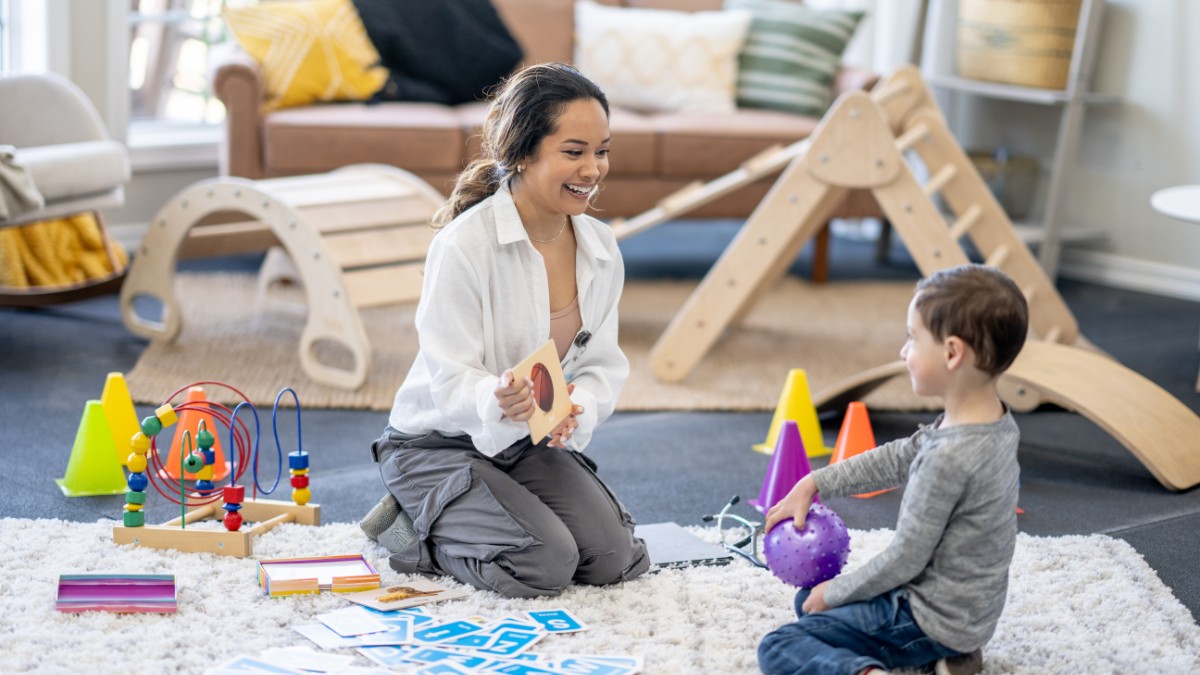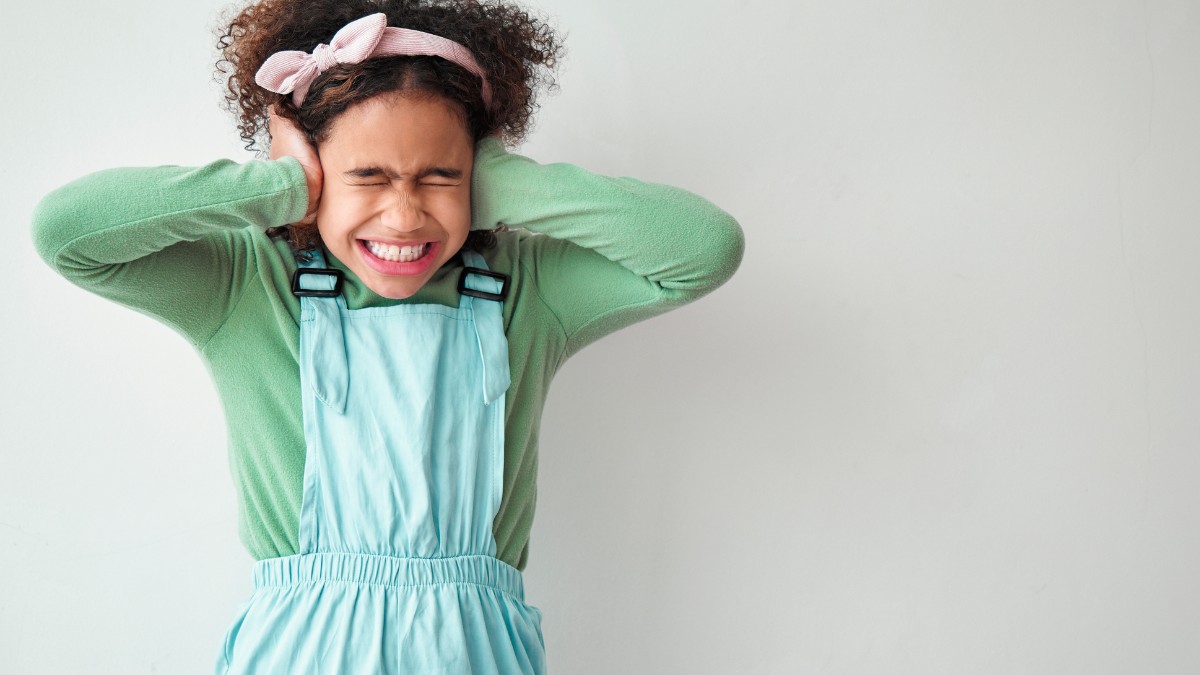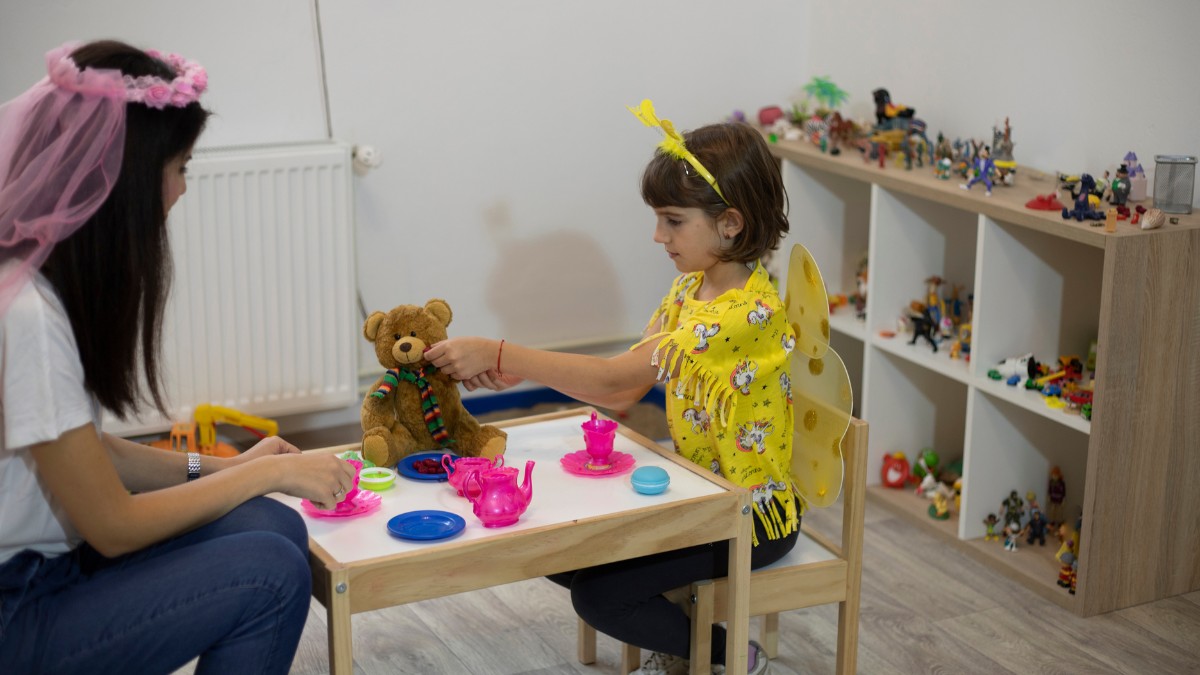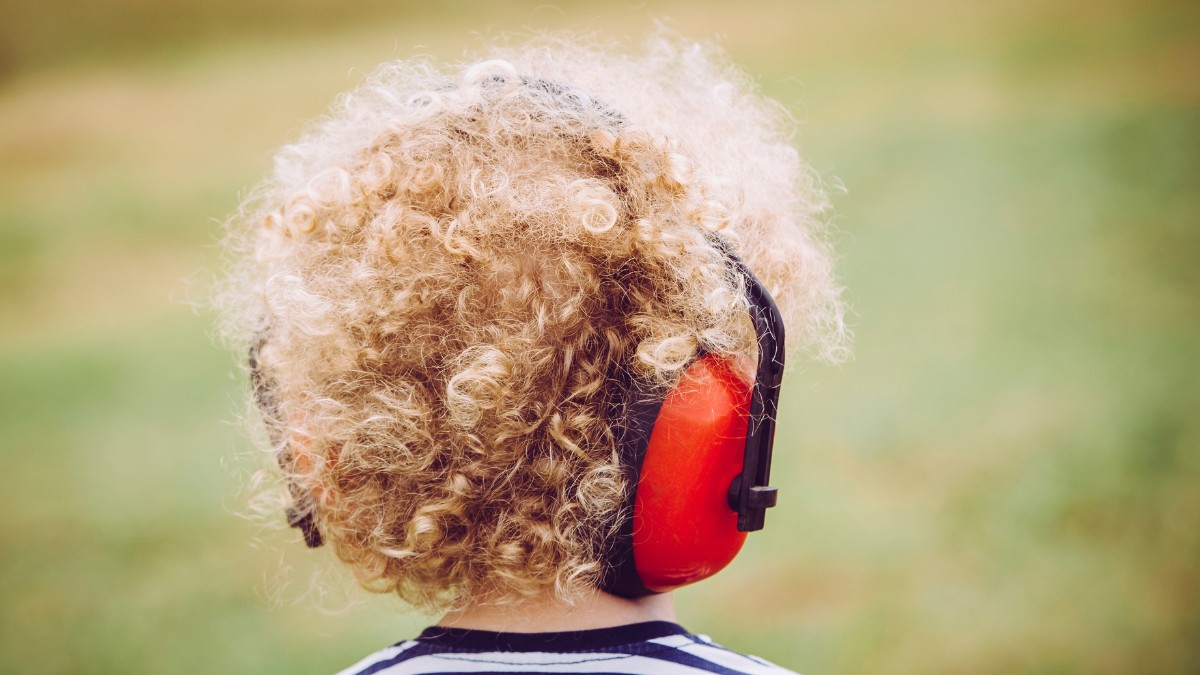Key Points:
- ABA therapy focuses on changing specific behaviors, while occupational therapy (OT) emphasizes developing skills for everyday life.
- Both therapies are crucial for children with developmental delays, but they address different needs.
- The decision between ABA therapy vs OT depends on your child’s specific challenges and goals.
When it comes to therapy for children with developmental delays, particularly those with autism spectrum disorder (ASD), the options can be overwhelming. ABA therapy vs OT is a common comparison, as both therapies are used to support children, but they target different areas of development. So, what sets these two therapies apart?
What is the Difference Between ABA Therapy and Occupational Therapy?
In the world of therapeutic interventions, both ABA therapy and occupational therapy (OT) are essential, but they serve different purposes. ABA therapy focuses on modifying specific behaviors, such as improving social skills and reducing problematic behaviors like aggression or self-harming. On the other hand, OT is geared toward enhancing a child’s ability to perform daily tasks and develop independence.
- ABA therapy typically involves working on discrete behaviors and skills, breaking them down into smaller, more manageable parts.
- Occupational therapy helps individuals master skills for activities of daily living, including self-care, play, and school tasks.
ABA therapy vs OT has its distinctions, but many children benefit from a combination of both therapies to address a wide range of challenges.

ABA Therapy vs OT: Target Areas and Focus
One of the primary distinctions between ABA therapy and OT lies in their focus areas. Each therapy targets different aspects of a child’s development, with some overlap. Here’s a closer look at what each therapy focuses on:
ABA Therapy Focus
ABA therapy is based on the principles of learning and behavior. Its primary goal is to change behavior and teach new skills through reinforcement and systematic teaching techniques. Key focus areas include:
- Behavior Modification
Teaching children how to engage in more appropriate behaviors, such as socializing or following instructions. - Communication Skills
Encouraging verbal communication or augmentative and alternative communication (AAC) methods. - Social Skills
Helping children interact effectively with peers and adults. - Academic Support
Providing the framework for academic skills development in children with learning disabilities. - Reducing Challenging Behaviors
Addressing behaviors like aggression, tantrums, or self-injury.
Occupational Therapy Focus
Occupational therapy aims to help children develop the necessary skills to perform daily tasks or “occupations.” These skills can range from self-care activities to school-related tasks. Areas of focus include:
- Fine Motor Skills
Helping children develop hand-eye coordination, such as writing, buttoning a shirt, or cutting with scissors. - Sensory Integration
Assisting children in managing sensory sensitivities, like issues with light, sound, or touch. - Daily Living Skills
Teaching children how to dress, bathe, brush their teeth, or feed themselves. - Play Skills
Promoting social play and the ability to engage in activities with peers. - Self-Regulation
Helping children manage their emotions and reactions to different situations.
While ABA therapy vs OT are different in terms of their goals and techniques, both play a crucial role in improving a child’s ability to function effectively in daily life.

How Does ABA Therapy Work?
ABA therapy is a structured and systematic approach to teaching behaviors. It is based on behavioral science and uses reinforcement (positive or negative) to encourage desirable behaviors while discouraging undesired ones. The therapy involves breaking down complex behaviors into smaller, more achievable steps. Therapists use data to track progress and adjust the intervention strategies.
Some common techniques used in ABA therapy include:
- Discrete Trial Training (DTT): A structured approach that breaks down tasks into smaller, manageable steps.
- Natural Environment Teaching (NET): Using the child’s environment to teach functional skills in real-world settings.
- Verbal Behavior Therapy (VBT): A method that focuses on teaching communication through meaningful verbal exchanges.
The ultimate goal of ABA therapy is to improve communication, social, and functional skills while reducing behaviors that hinder a child’s development.
How Does Occupational Therapy Work?
Occupational therapy, in contrast, is more focused on practical skills needed for daily life. Occupational therapists assess children and identify areas where the child struggles in their ability to perform day-to-day tasks. Using a holistic approach, OT aims to help children build the necessary skills to live more independently and confidently.
Some common OT strategies include:
- Sensory Integration: Activities that help children regulate their sensory sensitivities or sensory-seeking behaviors.
- Task-Specific Training: Teaching specific tasks like buttoning a shirt, or using utensils properly during mealtime.
- Fine Motor Coordination: Exercises to improve hand-eye coordination and dexterity, such as activities involving puzzles or building blocks.
- Social Play: Using structured playtime to develop social interactions and peer engagement.
The emphasis in OT is often on helping the child gain independence and improve their ability to manage self-care, academics, and other everyday tasks.
When Should You Choose ABA Therapy vs OT?
Choosing between ABA therapy vs OT depends on your child’s unique needs and challenges. Both therapies can be complementary, but there are certain circumstances where one therapy might be more suitable than the other.
- ABA Therapy is best for:
- Modifying specific behaviors, like reducing tantrums or improving communication.
- Teaching social skills in structured settings.
- Supporting academic or functional goals, such as increasing attention span or task completion.
- Occupational Therapy is best for:
- Helping with motor skills, like grasping a pencil or using utensils.
- Improving daily living skills, such as getting dressed or bathing.
- Addressing sensory issues, like sensitivity to sound or light.
In some cases, a combination of both therapies can be beneficial, as they address complementary areas of a child’s development.
Partner with Steady Steps ABA for Effective ABA Therapy
If you’re exploring therapeutic options for your child and trying to decide on ABA therapy vs OT, it’s important to consider your child’s specific needs. Steady Steps ABA offers comprehensive ABA therapy to address a wide range of behaviors and skill-building goals. Our experienced team is here to help children improve their communication, social skills, and overall behavior through structured and evidence-based interventions.
We specialize in designing individualized ABA programs in Maryland that support each child’s development. Contact us today to learn more about how our ABA therapy programs can empower your child to thrive!






